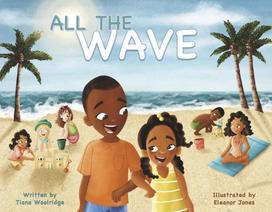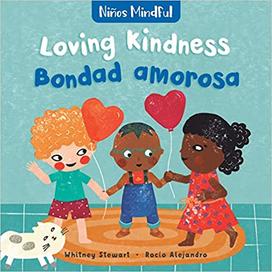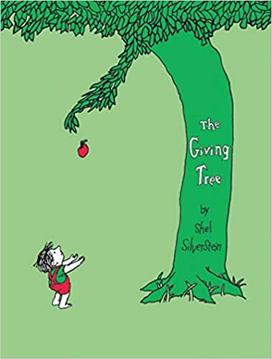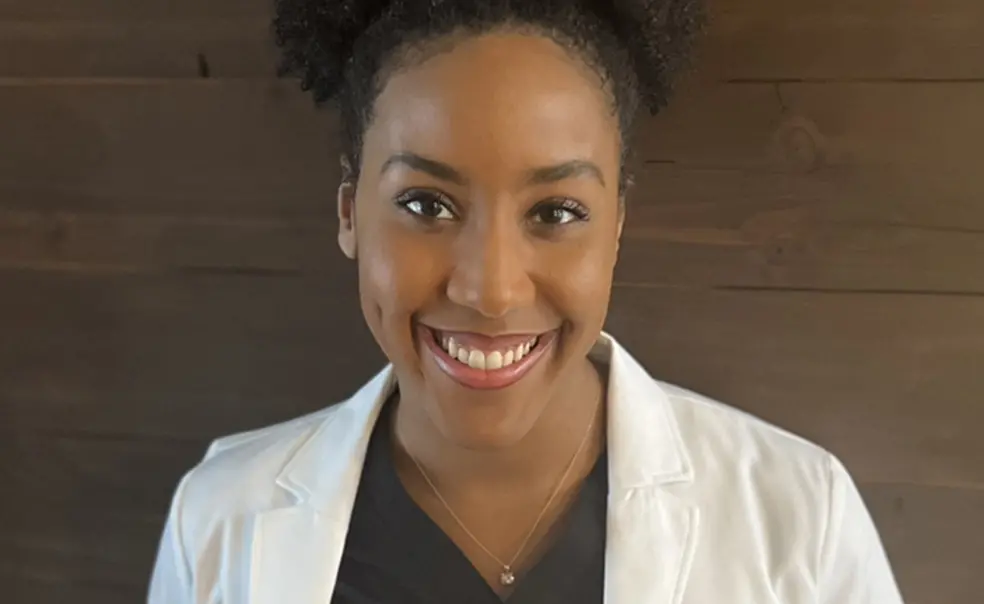Tiana Woolridge ’15 on Reading for Children

A pediatric doctor in San Francisco, Tiana Woolridge ’15 published a children’s book last summer inspired by the loving relationship between her late father and aunt. All the Wave tells the story of a girl who loves the water but gets knocked over by a wave on a birthday trip to the beach. Her brother rescues her and reminds her to be careful, and that he will always be there for her — no matter what. PAW asked Woolridge to suggest three more books for children, and she chose these.

By C.M. Harris
Reading age: 3-7 years
I first encountered this book in my mother‘s work space. She is the director of diversity, inclusion, and community life at a K-12 school, and she has a treasure trove of books on how to help kids understand and celebrate differences. I immediately fell in love with this book, as I feel it provides such simple and beautiful analogies for how we all can embrace differences.

Loving Kindness (Bondad Amorosa)
By Whitney Stewart
Reading age: 2-4 years
I have been overjoyed to see an increase in the number of books that aim to teach young children and their families how to improve well-being. I actually give this book out to our patients in my pediatric clinic; not only does it teach useful skills for mental wellness, it also helps promote the acquisition of a second language!

By Shel Silverstein
Reading age: 2-8 years
I couldn’t not include this book, an absolute classic in children’s literature. This book was my first lesson in generosity and selflessness. It also helped provide me with a better understanding of the sacrifices that my mother and my family made for me, and the importance of giving back and spending meaningful time with those who have helped us along our path.












4 Responses
Cindy Assini ’04, Ed.D.
2 Years AgoReading Against Children’s Books
I was excited to see children’s books recommended in PAW (“Three Books: Tiana Woolridge ’15,” published online Jan. 30, 2023). As a K-12 educator and parent, I wanted to share the suggestion to take a critical eye to some popular children’s books like The Giving Tree. While it encourages the value of generosity, it could be interpreted to promote giving of oneself to the point of depletion. Imagine the different message if the book ended with the tree decaying and providing energy to the next generation of trees. Alternatively, the tree could have given the person branches to build a boat rather than its whole self.
Asking a child about whether the tree took good care of itself is the type of question that encourages critical thinking (reading against the text). There are many opportunities to question what we have read in stories that we have loved for generations as we work to build more peace, justice, and culturally sustaining practices!
Martin Schell ’74
2 Years AgoA Story of Sacrifice
It sounds like Cindy Assini ’04 (Inbox, May issue) has never been involved in the hardwood industry. Most species grow perpendicular to the earth, with magnificently straight trunks to maximize the efficiency of competing for sunlight. Large human objects like a boat or house are made from planks taken from the trunk, which means the tree must be killed. Trimming branches won’t suffice.
Instead of negating the theme of a beloved story to make it conform to ideology, a “critical thinking” approach to Shel Silverstein’s The Giving Tree would ask why or when self-sacrifice is important as a means to sustain one’s family or the culture at large. Military personnel (or civilians now living in Ukraine) can provide some answers. Countless generations of parents can provide others.
Charity Harris
2 Years AgoWow! Such an Honor
I’m so honored that my book is on your list. Thank you so much!
Patricia Jackson
2 Years AgoThis Is Wonderful, Dr. T!
Great books, and an even greater human. Thanks for sharing your story and shining a light for others, Dr. T. We love you!